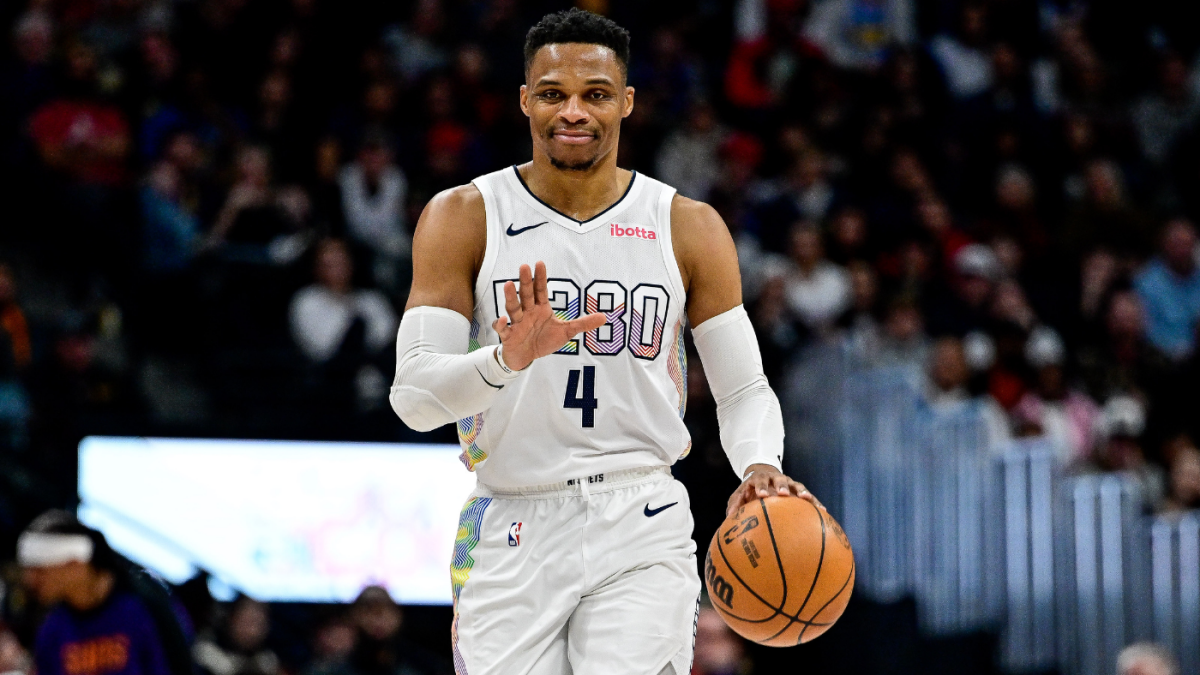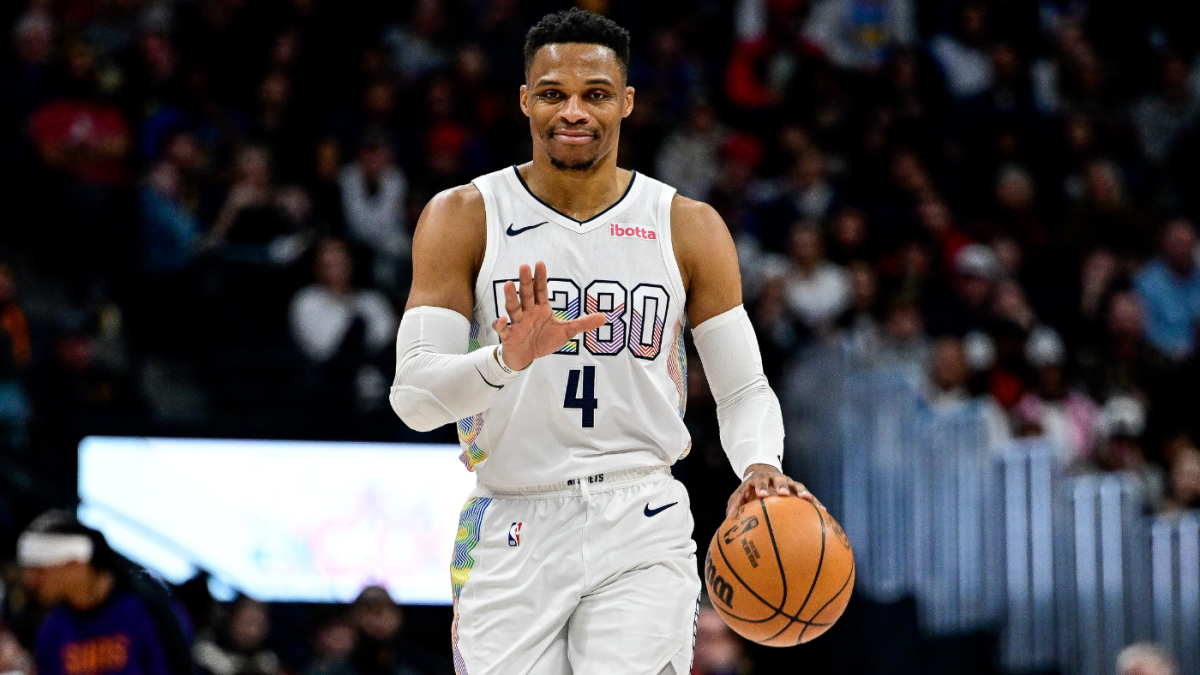The 2025 NBA free agency period is poised to be one of the most dynamic in recent memory, featuring a compelling mix of veteran superstars, rising young talent, and critical role players whose decisions could reshape the league’s competitive landscape. As the official start of free agency approaches on June 30 at 6 p.m. ET, teams and fans are eagerly anticipating the potential signings, extensions, and trades that could redefine team dynamics across the league. This offseason promises to be a pivotal moment for franchises looking to either solidify their championship aspirations or embark on a new phase of development.
The Pivotal Players of 2025 Free Agency
At the forefront of this free agency class is Myles Turner, the Indiana Pacers’ dominant center. Turner’s unique combination of rim protection and three-point shooting makes him one of the most coveted big men on the market. His defensive prowess and ability to space the floor align perfectly with modern NBA schemes, which prioritize both interior defense and floor spacing. While the Pacers are expected to prioritize re-signing him, the level of interest from contending teams suggests that his contract negotiations will be closely watched. Teams in need of a defensive anchor and floor-spacing center could engage in fierce competition for his services, potentially leading to a significant financial commitment.
Another notable name in this free agency class is Russell Westbrook, who declined his player option with the Denver Nuggets, valued at approximately $3.4 million. Despite questions about his fit and recent performance, Westbrook’s legacy as a triple-double machine and his competitive intensity make him an attractive option for teams seeking veteran leadership and energy off the bench. His case highlights how experience and legacy can still translate into valuable contracts in the evolving NBA landscape. While his market value may not be as high as it once was, Westbrook’s potential to contribute in a secondary or bench role could make him a sought-after addition for franchises looking to bolster their depth.
Emerging stars such as Jonathan Kuminga and Josh Giddey add an intriguing layer to the free agency landscape. Both players are restricted free agents, meaning their current teams have the right to match any offer they receive. Kuminga’s athleticism and two-way ability have made him a promising young piece, while Giddey’s playmaking acumen as a point guard is attracting significant attention. Analysts have speculated that both players could receive lucrative deals that reflect their rising status in the league. For the Golden State Warriors and Oklahoma City Thunder, respectively, retaining these young talents will be crucial for their long-term success.
The Role of Veterans and Role Players
In addition to the marquee names, several veterans and role players are poised to make significant impacts in free agency. Chris Paul, despite his advancing age, remains a valuable asset due to his elite basketball IQ and leadership. His experience and ability to elevate the play of those around him make him a coveted addition for playoff-bound teams. Similarly, Brook Lopez and Julius Randle offer frontcourt skills that can either anchor lineups or provide potent scoring and defense off the bench. Their versatility and experience make them attractive options for teams looking to solidify their rotations.
Players like Naz Reid and Bennedict Mathurin offer intriguing secondary options for teams looking to strengthen their bench units or develop complementary pieces around their stars. Reid’s scoring ability and Mathurin’s two-way potential make them valuable assets in the free agency market. Their contributions could be pivotal for teams aiming to build depth and versatility in their rosters.
Team Strategies and Market Trends
The free agency market will reflect a variety of strategic priorities depending on the context of each team. The Indiana Pacers, for example, will face the challenge of balancing their salary cap to retain Myles Turner while also protecting emerging talents like Mathurin. This may necessitate cost-saving moves and roster adjustments to ensure long-term success. On the other hand, the Los Angeles Lakers, with LeBron James opting into his contract, are balancing immediate championship aspirations with long-term roster construction. Their free agent pursuits will likely be influenced by their desire to build a contending roster around James and Anthony Davis.
Veteran-laden teams may seek to add seasoned players who can provide leadership and situational impact, such as Westbrook and Paul. These players can offer valuable experience and mentorship to younger teams, helping to bridge the gap between development and contention. Younger franchises, meanwhile, will look to secure promising talent through extensions or competitive offers, as seen with Kuminga and Giddey. These moves are crucial for building a foundation for future success and maintaining a competitive edge in the league.
Contract Projections and Market Value
The contract projections for the 2025 free agency class reflect a wide range of values based on player potential and market position. For instance, analysts have estimated that Josh Giddey could command a contract worth around $125 million, while Jonathan Kuminga might receive a deal worth approximately $80 million. These figures highlight the significant investments teams are willing to make in young star power. Myles Turner’s contract expectations remain high, emphasizing his valued skill set and the demand for his services.
In contrast, veterans like Russell Westbrook may seek minimum or near-minimum deals, betting on fit and role to maintain career relevance and potential for team success. These contracts often come with incentives and performance-based bonuses, allowing teams to manage their salary cap while still acquiring experienced players.
The Broader Impact on the NBA Landscape
The ripple effects of the 2025 free agency decisions will have far-reaching consequences for the NBA landscape. High-profile moves can accelerate rebuilding processes or bolster championship runs, while failing to retain key players might trigger strategic pivots like trades or front office reassessments. The decisions made during this offseason will influence team competitiveness, player development, and salary cap management league-wide.
Moreover, the 2025 free agency signals ongoing evolution of the league’s balance between star contracts and flexible role players. The increasing consideration of rookie-scale extensions and restricted free agency as cornerstones of team-building philosophy reflects a shift in how franchises approach long-term success. Teams must carefully navigate these dynamics to ensure they remain competitive while also planning for the future.
Conclusion: A Summer of Strategic Maneuvers
The 2025 NBA free agency period promises to be a summer filled with excitement and strategic maneuvers. With marquee players such as Myles Turner commanding top attention, the dynamics of veteran presences like Russell Westbrook, and the emergence of young stars testing the market, teams face complex decisions balancing immediate needs with long-term vision. This offseason will not only redefine rosters but potentially shift the competitive hierarchy in the NBA.
For teams, smart navigation of this free agency will require careful salary cap management, savvy talent evaluation, and an ability to act decisively once the moratorium ends. For fans, the upcoming weeks will offer a thrilling narrative filled with surprises, new alliances, and the hopeful promise of basketball excellence redefining the 2025-26 season. The decisions made during this period will shape the league’s future, making it a pivotal moment for franchises and players alike.












